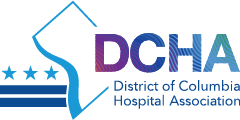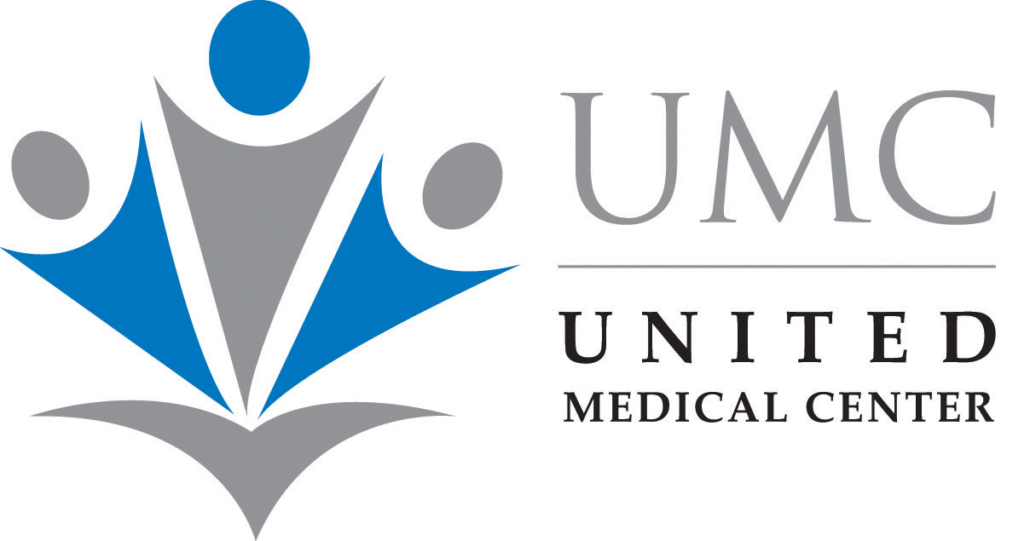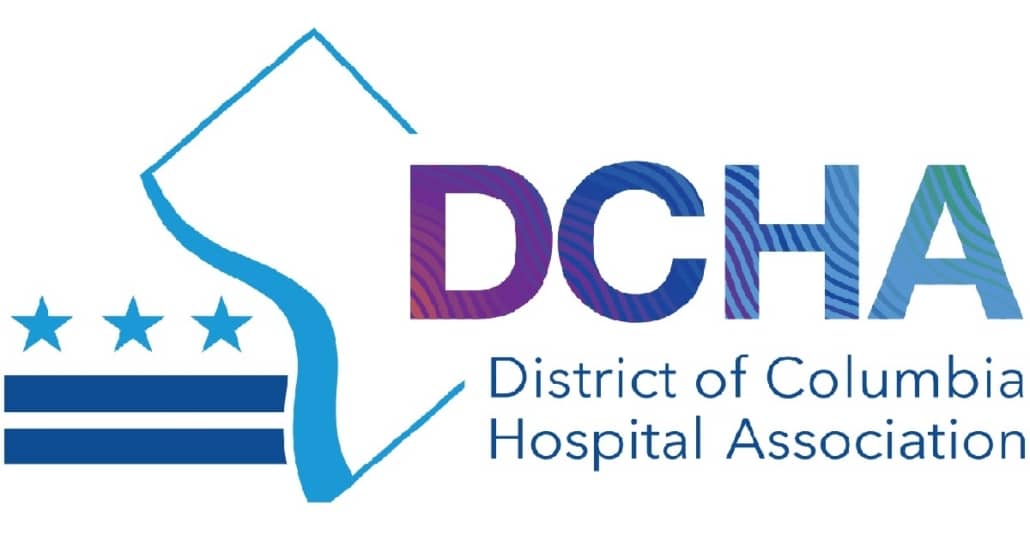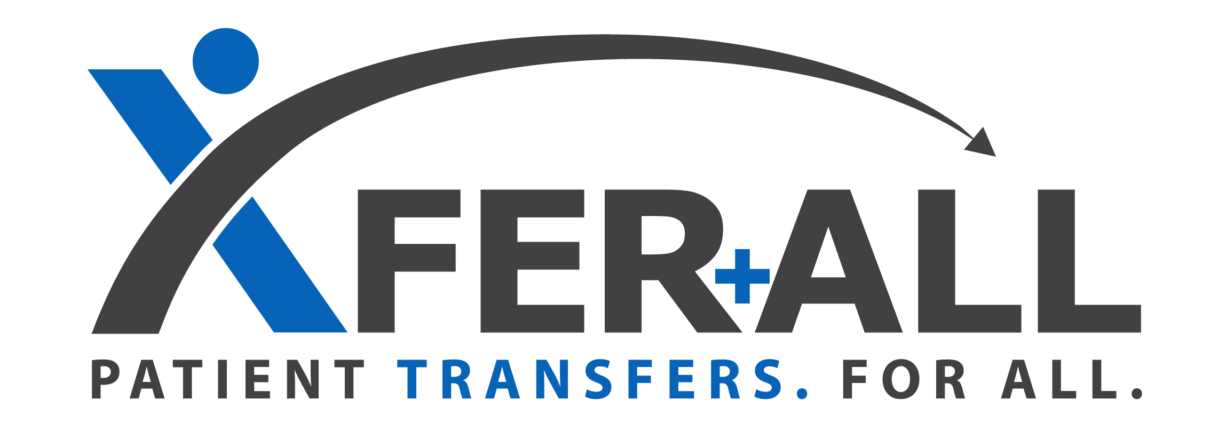Seit Jahrzehnten ist allgemein bekannt, dass Menschen, die einen medizinischen Notfall erleben, nicht auf die Behandlung warten sollten. Behandlungsrichtlinien für Personen mit Herzinfarkten, Schlaganfällen und traumatischen Verletzungen priorisieren eine schnelle Reaktion. Die medizinische Gemeinschaft spricht von der „goldenen Stunde“ – den 60 Minuten, innerhalb derer eine verletzte oder kranke Person ab dem Zeitpunkt der Verletzung oder dem Auftreten von Symptomen endgültig behandelt werden sollte. Wenn die Versorgung über diese Stunde hinaus verzögert wird, steigt das Risiko schwerwiegender, langfristiger Komplikationen oder des Todes erheblich. Neue, oft regionalisierte Versorgungssysteme wurden entwickelt, um sicherzustellen, dass keine kostbare Zeit für den Transport, die Stabilisierung, Behandlung und Verlegung von Patienten verloren geht.
Für Menschen, die einen psychiatrischen Notfall oder einen Drogennotfall erleben, hat sich jedoch eine ähnliche Dringlichkeit in Verbindung mit einem Systemwechsel nicht durchgesetzt. Selbst im Jahr 2022 müssen sich zu viele Krankenhäuser, Krisenteams, Ersthelfer und andere, die Menschen schnell in eine Verhaltenstherapie bringen müssen, auf veraltete, manuelle Prozesse verlassen, um eine klinisch angemessene Versorgung zu finden, was zu kritischen Verzögerungen bei der Versorgung führt. Auf ihrer Suche nach einem Praktikumsplatz rufen Kliniker nacheinander bei Verhaltensgesundheitseinrichtungen und -programmen an, hinterlassen Nachrichten, faxen Papierkram und warten auf Rückrufe. Der scheinbar einfache Akt der Verlegung eines Patienten in die verhaltensmedizinische Versorgung erfordert, dass Ärzte unzählige Stunden mit sich wiederholenden Verwaltungsaufgaben verbringen, die sie von der direkten Patientenversorgung abhalten.
Das Ergebnis ist, dass Kinder, Jugendliche und Erwachsene, die eine Verhaltenskrise erleben, viel zu oft Stunden oder sogar Tage auf die Unterbringung in einer klinisch angemessenen therapeutischen Behandlung warten. Eine Studie dokumentiert eine durchschnittliche Aufenthaltsdauer in der Notaufnahme eines Krankenhauses für psychiatrische Aufnahmen von 18 Stunden im Vergleich zu 5 Stunden für nicht-psychiatrische Aufnahmen.1 Andere schätzen die durchschnittliche Aufnahmezeit für Patienten, die eine psychiatrische Behandlung benötigen, auf 6,8 Stunden bis 34 Stunden. 2,3
Heute sind diese Wartezeiten wahrscheinlich noch länger, da die Pandemie die ED-Boarding-Krise in zweierlei Hinsicht verschlimmert hat. Erstens sind Krankenhäuser mit Patienten mit COVID-19 und anderen schweren körperlichen Erkrankungen ausgelastet oder überlastet, verbunden mit einem ständig zunehmenden Personalmangel. Zweitens haben die Pandemie und die damit verbundene Angst, Stress und Isolation zu einem erhöhten Bedarf an verhaltensbezogener Gesundheitsversorgung beigetragen, insbesondere bei Kindern und Jugendlichen. Berichten zufolge verzeichneten Kinderkrankenhäuser zwischen Januar und Juli 2021 einen Anstieg der Fälle von pädiatrischer Selbstverletzung und Suizid um 45 Prozent.4 Im Jahr 2020 stiegen die Besuche in der Notaufnahme von pädiatrischen psychiatrischen Krankenhäusern um 24 Prozent für Kinder im Alter von 5 bis 11 Jahren und um 31 Prozent für ältere Kinder und Jugendliche .5
Die Mission von XFERALL besteht darin, dem klinischen Personal drastisch Zeit zu sparen und die Zeit zu reduzieren, die Patienten in Notaufnahmen verbringen, um durch den Einsatz innovativer Technologielösungen auf die Verlegung in das am besten geeignete Pflegezentrum zu warten. Die Plattform ermöglicht Echtzeitkommunikation, sodass Ärzte, die einen Patienten unterbringen müssen, die Unterbringung in so wenigen oder so vielen Einrichtungen beantragen können, wie sie möchten. Antworten von Einrichtungen oder Programmen erhalten, die den Patienten aufnehmen und behandeln können; und teilen Sie klinische Informationen – alles innerhalb von Minuten und aus einer einzigen Quelle. Dieser koordinierte Ansatz ermöglicht es, Pflegekräfte und Patienten ebenfalls in den Entscheidungsprozess einzubeziehen.
Die District of Columbia Hospital Association und XFERALL, die landesweit führende mobile Patiententransferplattform, sind eine Partnerschaft eingegangen, die DC-Krankenhäusern ein neues Verfahren für den Transfer von Akut- und Verhaltenskranken in klinisch geeignete Gesundheitseinrichtungen bietet. Um mehr zu erfahren, besuchen Sie uns am 10. Mai für ein kostenloses Webinar, Technologie für den Transfer und die Platzierung von Patienten im Bereich der Verhaltensgesundheit, und erfahren Sie mehr über dieses Programm und wie es helfen kann, den Zugang für Patienten in Krisensituationen zu verbessern.
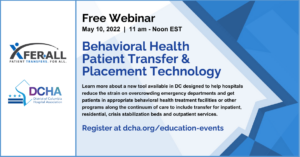
1 Nicks BA, Manthey DM. Die Auswirkungen der psychiatrischen Patientenversorgung in Notaufnahmen. Emerg Med Int 2012; 2012: 360308.
2 Weiss AP, Chang G, Rauch SL, et al. Patienten- und praxisbezogene Determinanten der Verweildauer in der Notaufnahme bei Patienten mit psychiatrischen Erkrankungen. Ann Emerg.Med. 2012;60(2):162–71.
3 Tuttle GA. Zugang zu psychiatrischen Betten und Auswirkungen auf die Notfallmedizin. Chicago, IL: Council on Medical Service, American Medical Association; 2008.
4 Kinderärzte, Kinder- und Jugendpsychiater und Kinderkrankenhäuser erklären am 19. Oktober 2021 den nationalen Notstand für die psychische Gesundheit von Kindern.
aacap.org/aacap/zLatest_News/Pediatricians_CAPs_Childrens_Hospitals_Declare_National_Emergency_Childrens_ Mental_Health
5 Ebenda

